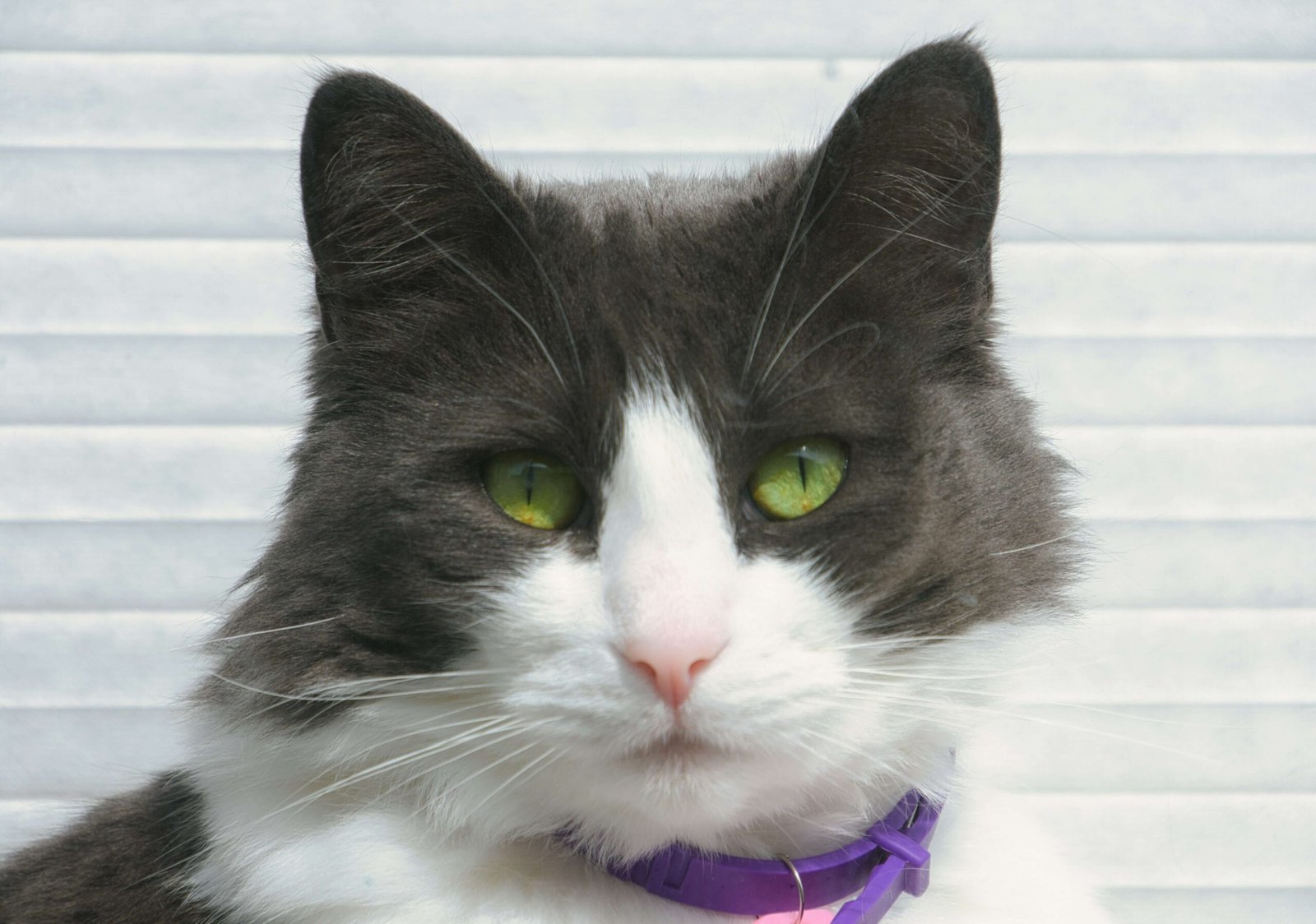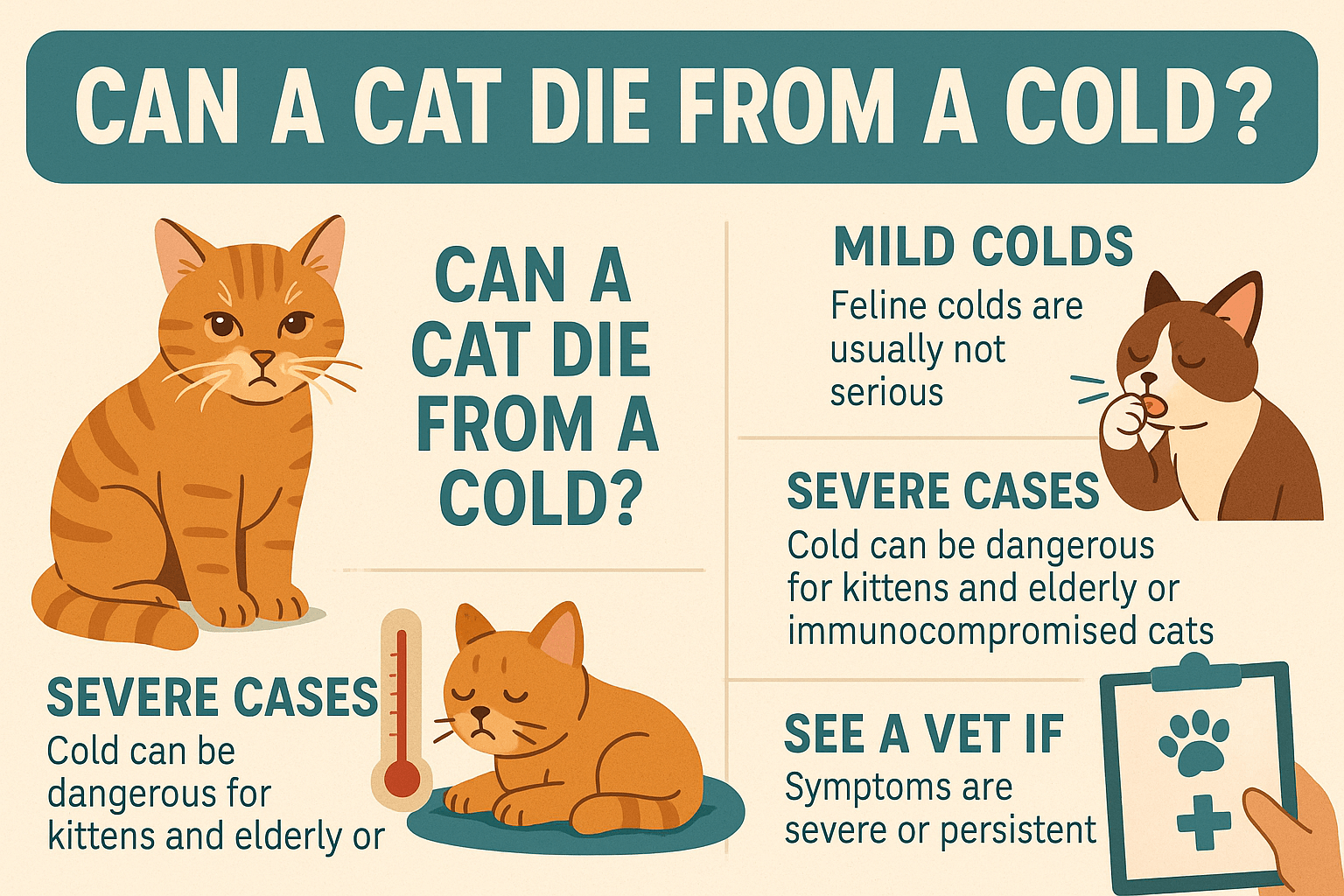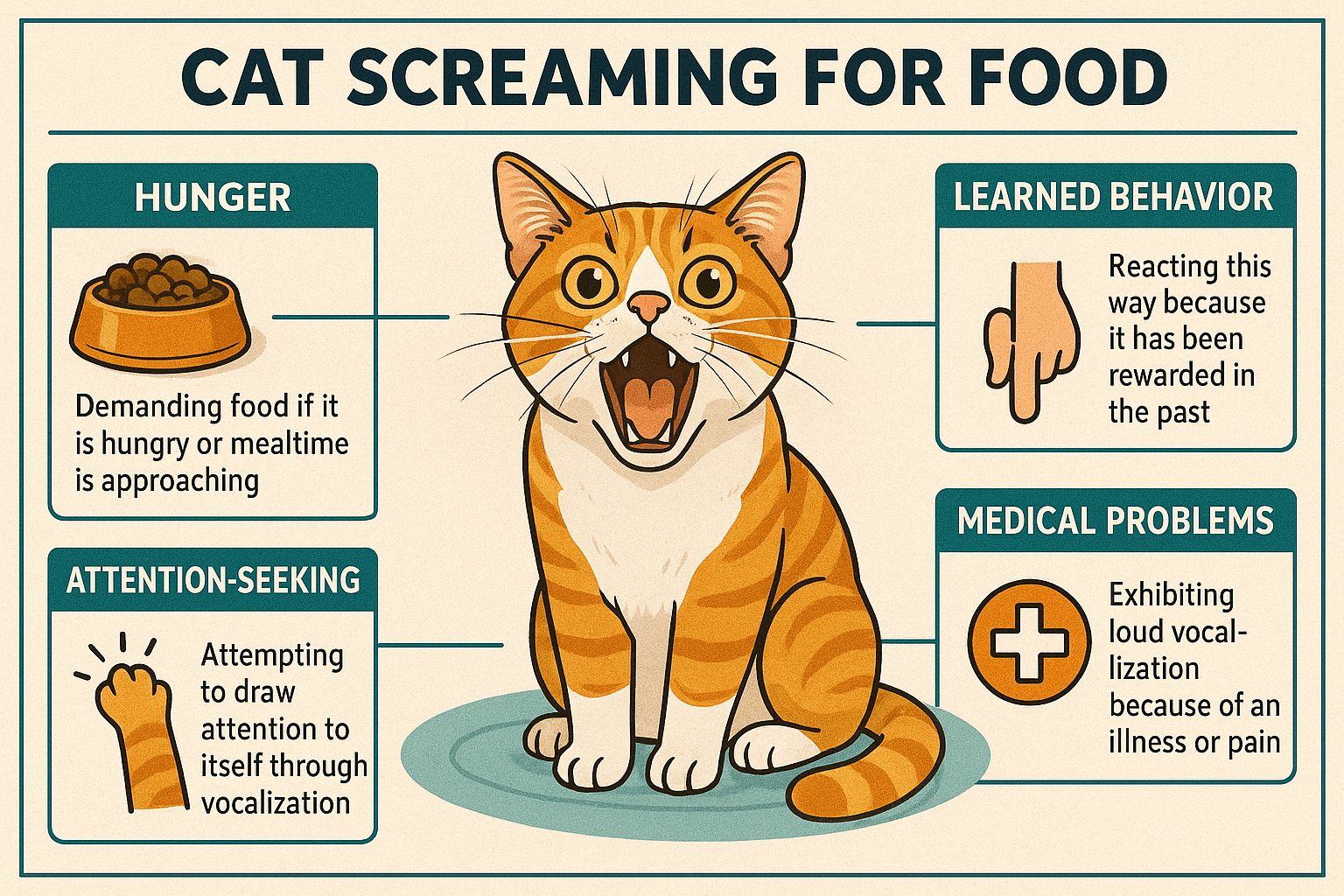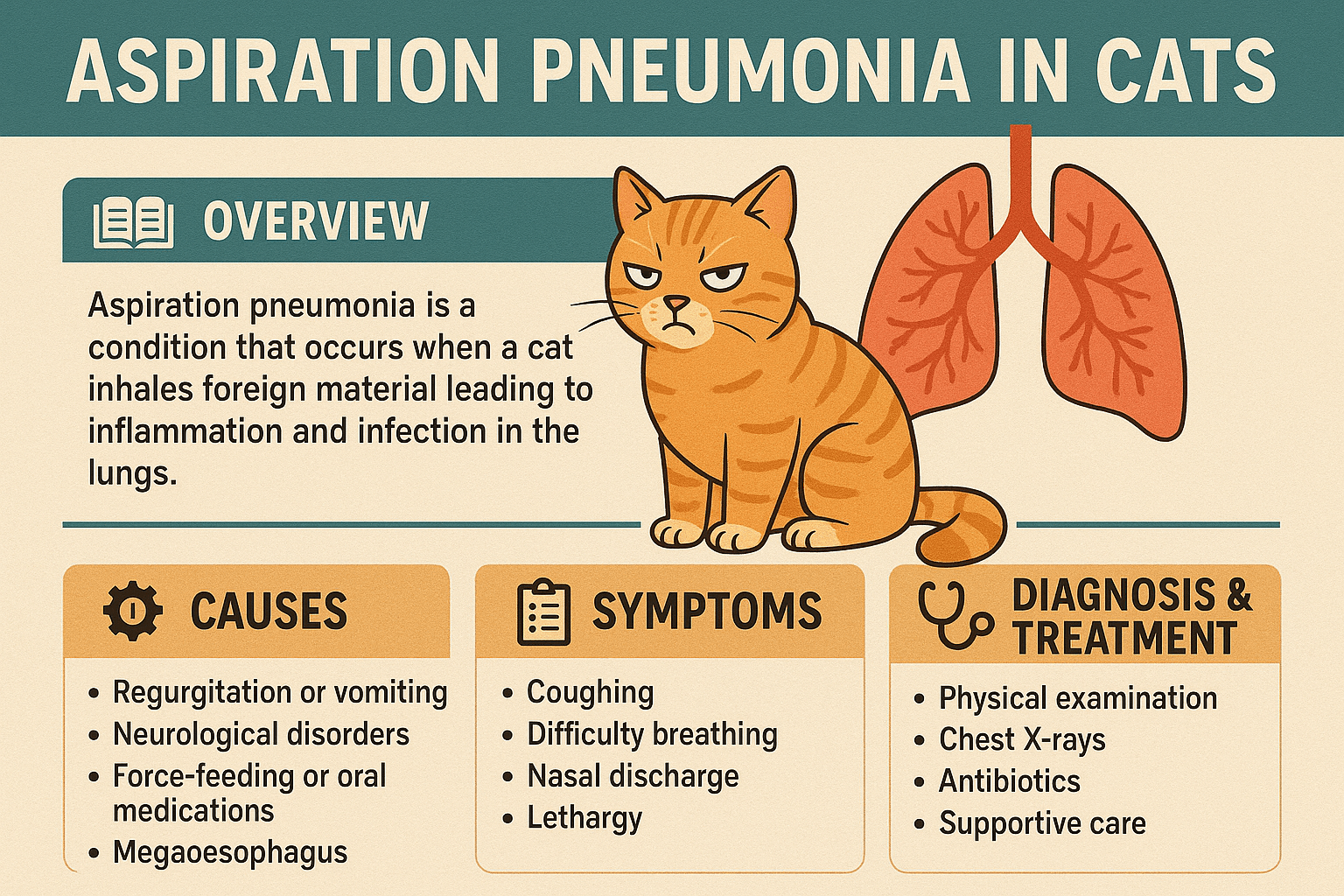How Many Hairs Does a Cat Have? Unraveling the Mystery of Feline Fur
Cats are known for their luxurious coats, soft to the touch and often shimmering in the sunlight. But have you ever wondered just how many hairs make up that beautiful fur? Whether you’re a curious cat owner, a budding feline enthusiast, or simply someone fascinated by animal biology, this question might have crossed your mind. The number of hairs on a cat isn’t just a random fact—it’s a window into understanding their anatomy, grooming needs, and even their health.
In this blog post, we’ll dive deep into the world of feline fur, exploring not only how many hairs cats typically have but also what influences their coat density, why it matters, and how you can care for it properly. Let’s unravel the mystery together!
The Science Behind a Cat’s Coat: Breaking Down the Numbers
To understand how many hairs a cat has, we first need to explore the structure and composition of their fur. A cat’s coat is more than just a layer of softness; it serves multiple purposes, including insulation, protection, and even communication through body language. Here are some key facts about feline fur:
A typical domestic cat has around 400,000 to 600,000 individual hairs covering their body.
These hairs are divided into two main types: guard hairs and undercoat hairs. Guard hairs are longer and provide water resistance, while undercoat hairs are softer and help with insulation.
Hair density varies depending on the breed. For example, long-haired breeds like the Maine Coon have denser coats compared to short-haired breeds like the Siamese.
Cats shed and regrow their fur seasonally, which means the number of hairs on their body fluctuates throughout the year.
The average cat sheds approximately 300 to 500 hairs per day, though this can increase during shedding seasons.
Understanding these basics helps us appreciate the complexity of a cat’s coat and why its density can vary so much from one feline to another.
Factors That Influence How Many Hairs a Cat Has
While the general range of 400,000 to 600,000 hairs applies to most domestic cats, several factors can influence the exact number. From genetics to environmental conditions, here’s what impacts a cat’s hair count:
Breed: Certain breeds, such as Persians and Ragdolls, naturally have thicker and denser coats due to their genetic makeup.
Climate: Cats living in colder climates tend to grow thicker undercoats to stay warm, increasing their overall hair count.
Age: Kittens typically have thinner coats than adult cats, and senior cats may experience thinning fur as they age.
Health: A cat’s overall health plays a significant role in hair density. Nutritional deficiencies or skin conditions can lead to excessive shedding or patchy fur.
Grooming Habits: Regular grooming helps maintain a healthy coat, reducing shedding and promoting hair regrowth.
These factors highlight the dynamic nature of a cat’s fur and remind us that no two cats are exactly alike when it comes to their coats.
Check this guide 👉Top 5 Ultimate Cat Brushes for Supreme Feline Grooming!
Check this guide 👉Top 4 Best Cat Steam Brushes for Shedding!

Factor Affecting Hair Count | Examples/Details |
|---|---|
Breed | Long-haired vs. short-haired breeds |
Climate | Cold climates lead to thicker undercoats |
Age | Kittens vs. seniors |
Health | Nutritional needs and skin conditions |
Grooming | Frequency and quality of grooming |
Why Does Hair Density Matter for Your Cat?
A cat’s hair density isn’t just about aesthetics—it plays a crucial role in their well-being. Understanding why hair density matters can help you better care for your feline companion. Here’s why it’s important:
Temperature Regulation: A dense coat helps cats stay warm in winter and cool in summer by trapping or releasing heat effectively.
Protection: Hair acts as a barrier against injuries, insect bites, and harsh weather conditions.
Skin Health: Proper hair density prevents dryness and irritation by keeping the skin moisturized and protected.
Shedding Control: Knowing your cat’s shedding patterns can help you manage household cleanliness and reduce allergens.
Indicator of Health: Changes in hair density or excessive shedding can signal underlying health issues that require attention.
By paying attention to your cat’s coat, you can ensure they remain comfortable, healthy, and happy.
Tips for Maintaining a Healthy Coat
Taking care of your cat’s fur is essential for keeping it shiny, soft, and healthy. Here are some practical tips to help you maintain their coat and minimize shedding:
Brush Regularly: Use a high-quality brush suited to your cat’s coat type to remove loose hairs and prevent matting.
Provide a Balanced Diet: Ensure your cat’s diet includes essential fatty acids like omega-3s, which promote healthy skin and fur.
Hydration is Key: Encourage your cat to drink plenty of water to keep their skin hydrated and their coat shiny.
Monitor for Skin Issues: Check for signs of dandruff, redness, or bald patches, and consult a vet if necessary.
Routine Vet Visits: Regular check-ups can help identify any underlying health problems affecting your cat’s coat.
With proper care, you can keep your cat’s coat in top condition and enjoy fewer stray hairs around your home.
The Role of Genetics in Cat Hair Density
A cat’s genetics play a significant role in determining the density and texture of their fur. From breed-specific traits to inherited characteristics, here’s how genetics influence your cat’s coat:
Breed-Specific Traits: Certain breeds are predisposed to thicker or thinner coats due to their genetic lineage. For example, Siberian cats have evolved to withstand cold climates, resulting in dense fur.
Color Patterns: A cat’s fur color and pattern are determined by genetics, which can also affect hair thickness and shine.
Hair Length Inheritance: Whether a cat has long or short hair is often dictated by dominant and recessive genes passed down from their parents.
Undercoat Presence: Some cats inherit the ability to grow a thick undercoat, while others may only have guard hairs.
Shedding Tendencies: Genetic factors also determine how much a cat sheds, with some breeds being naturally low-shedding.
Understanding the role of genetics helps explain why each cat’s coat is unique and why some require more grooming than others.
Common Myths About Cat Hair
There are plenty of misconceptions about cat hair that can lead to confusion for pet owners. Let’s debunk some of the most common myths:
Myth: All cats shed the same amount.
Reality: Shedding varies widely based on breed, climate, and health.Myth: Shaving a cat reduces shedding.
Reality: Shaving can actually harm a cat’s coat and disrupt its natural insulation.Myth: Cats with less hair are hypoallergenic.
Reality: While some breeds produce fewer allergens, no cat is truly hypoallergenic.Myth: A shiny coat always means a healthy cat.
Reality: While a shiny coat is a good sign, it doesn’t guarantee overall health.Myth: Cats only groom themselves, so they don’t need help.
Reality: Regular brushing is essential for removing loose hairs and preventing matting.
By separating fact from fiction, you can better understand your cat’s needs and provide the care they deserve.
How Seasons Affect Cat Hair
Seasonal changes have a profound impact on a cat’s coat, influencing everything from shedding patterns to hair density. Here’s how the seasons affect your feline friend’s fur:
Winter Coats: Cats grow thicker undercoats in colder months to stay warm and insulated.
Spring Shedding: As temperatures rise, cats shed their winter undercoats to prepare for warmer weather.
Summer Coats: During summer, cats typically have lighter, thinner coats to help regulate body temperature.
Autumn Growth: In preparation for winter, cats begin growing their thicker coats again in the fall.
Indoor Cats: Cats living indoors may experience less pronounced seasonal changes due to consistent indoor temperatures.
Understanding these seasonal shifts can help you anticipate your cat’s grooming needs and ensure their coat remains healthy year-round.
Frequently Asked Questions About Cat Hair
Do all cats have the same number of hairs?
No, the number of hairs varies based on breed, age, climate, and health.
Why does my cat shed so much?
Shedding is natural and influenced by seasonal changes, grooming habits, and health.
Can I reduce my cat’s shedding?
Yes, regular brushing and a healthy diet can help minimize shedding.
Is excessive shedding a cause for concern?
It can be, especially if accompanied by bald patches or skin irritation. Consult a vet if unsure.
How often should I groom my cat?
It depends on their coat type, but most cats benefit from brushing 2-3 times a week.
The Beauty of Feline Fur: A Closer Look at What Makes Cats So Special
From their silky coats to their expressive eyes, cats are truly remarkable creatures. Understanding how many hairs a cat has—and what influences their coat—gives us a deeper appreciation for their unique biology and care needs. While the exact number of hairs may vary, one thing remains constant: a cat’s fur is a reflection of their health, happiness, and connection to their environment. By staying informed and attentive to their grooming and well-being, you can ensure your feline friend remains as radiant and vibrant as ever. So the next time you run your fingers through your cat’s fur, take a moment to marvel at the intricate world beneath your fingertips!
Can a Cat Die from a Cold? Best 7 Expert Tips! Learn how to identify, treat, and prevent feline colds while understanding when to seek veterinary care for your cat’s health.
Cat Screaming for Food: Best 7 Expert Tips! Discover effective strategies to manage your cat's food-related vocalizations and create a peaceful feeding routine.
Aspiration Pneumonia in Cats: Best 7 Expert Tips! Discover causes, symptoms, and treatment advice to protect your cat’s respiratory health and ensure a speedy recovery.
Hip Dysplasia in Cats: Best 7 Expert Tips! Discover expert advice on managing hip dysplasia in cats, from symptoms and prevention to treatment options for a happier, healthier feline life.





